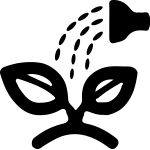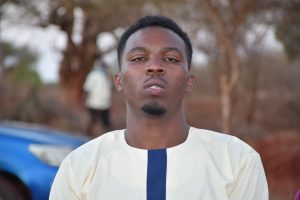In the Mivau Community, 1,000 people face a daily water crisis, forcing them to search for water every day. With a protected well nearby, there was hope of fulfilling their water needs. However, the overcrowding at the well causes big problems. When the wait is too long, community members often rely on open water sources that create more problems than they solve.

Community members collect unsafe water.
"The members of the group (community) who cannot easily [access] the protected shallow well have to rely on the distant surface water that is contaminated by animal waste, dust, and human activity. This has led to water-related infections like typhoid, amoebae, and dysentery. Walking to the surface water is also exhausting, and one can only fetch little amounts of water, leading to dehydration and poor personal hygiene," Field Officer Alex Koech shared.
Agnes Kitwa is forty-five years old. She is a farmer and mother who works tirelessly to meet her family's needs, a task that is not easy in her current situation.

Agnes and her child.
"The main issue is the drought that affects our area year after year. The earth dams dry up quickly, and the few available water points are not enough for everyone. Those who cannot reach the protected shallow well have no choice but to use other distant earth dams in neighboring villages, which are already scarce and unsafe. The long dry spells and the growing number of people depending on these limited sources make the situation worse," Agnes shared.
Unfortunately, accessing the water isn't the only hardship. Traveling three hours to get to the water point is just the tip of the iceberg.
"I am deeply concerned about the safety of our current water source because most times we are forced to fetch water from the earth dam, which is not protected. This water is often contaminated by animal waste, dust, and human activity. Even when we try to treat it at home, it’s not always possible because we lack the resources, and sometimes we are too tired after long days. Many people in our village, including children, end up sick with illnesses like typhoid and amoebas. It’s scary to know that something as basic as water can make you or your loved ones ill," Agnes shared.

Their health suffers regularly. Agnes reported, "It is always a frustrating moment when anyone in the family is not feeling well due to water-related infections because it is inconvenient and time-consuming. Two weeks ago, when my son complained of stomach issues, I had to take him to the dispensary, where he was diagnosed and prescribed some drugs. However, I had to pay [for] a motorcycle and even for the drugs from my little income, which I would rather use on school fees or purchasing household goods."
The cost of illness isn't just physical; the financial impact can be debilitating. "We often use the drugs prescribed by the doctor, which is costly considering my [small] income. Sometimes, I have to sell one of my goats to cater [to] the costs," Agnes lamented.
The barriers to moving forward in life are just as frustrating.
"I cannot attend to my daily duties when I am sick or anyone in the family is sick because I have to focus on getting treatment; therefore, I cannot take care of household matters or my livestock, and the child has to miss school," Agnes shared.

Agnes cares for her livestock.
Agnes vividly described how crucial water is to her, "To me, water truly is life. Without it, we cannot grow food, take care of our animals, or even maintain simple hygiene, like washing our hands and cleaning our homes. It affects our health, our children’s education, and our ability to work and earn a living. Having clean and nearby water would mean living with dignity. It would mean health, hope, and the ability to plan for a better future."
The Mivau Self-Help Group has already taken steps toward lasting solutions. After building their first sand dam, they recognized the continued need for another project to serve members who live farther away in this community. Guided by their 5-year action plan and with support from Field Officer Esther Musekele, they are now preparing for a new sand dam and protected well.
Solving the water crisis in this community will require a multifaceted system that will work together to create a sustainable water source that will serve this community for years to come.
Steps Toward a Solution
Our technical experts worked with the local community to identify the most effective solution to their water crisis. Together, they decided to construct a sand dam and a protected dug well.
Sand Dam
Sand dams are sought-after, climate-smart, and lasting water solutions providing hope and resilience to communities in arid Southeastern Kenya. Think of them like giant sandboxes constructed in seasonal rivers that would typically quickly dry up after the rainy season. Instead of holding water like traditional dams, they collect sand and silt.
When infrequent rains do come, these dams catch a percentage of the river's flow, letting most of the water continue downstream to other communities. But here's the magic: the sand they collect acts like a natural filter, holding onto water long after the river's gone dry. Then, wells are constructed nearby, creating a reliable water source even during the driest times.
And the benefits don't stop there! In communities impacted by climate change, sand dams replenish groundwater and prevent soil erosion. Even during severe droughts, the consistent water supply from these sand dams allows farmers to thrive, giving way for enough food not only for their families but also to sell in local markets.
The most remarkable aspect of sand dams is how they involve the local community every step of the way, giving them a sense of ownership and pride in solving their own water shortage and managing their own water resources.
This sand dam will be connected to a protected dug well to make the water more accessible.
Community Education & Ownership
Hygiene and sanitation training are integral to our water projects. Training is tailored to each community's specific needs and includes key topics such as proper water handling, improved hygiene practices, disease transmission prevention, and care of the new water point. Safe water and improved hygiene habits foster a healthier future for everyone in the community.
Encouraged and supported by our team's guidance, the community elects a water user committee representative of its diverse members. This committee assumes responsibility for maintaining the water point, organizing community efforts, and gathering fees to ensure its upkeep.
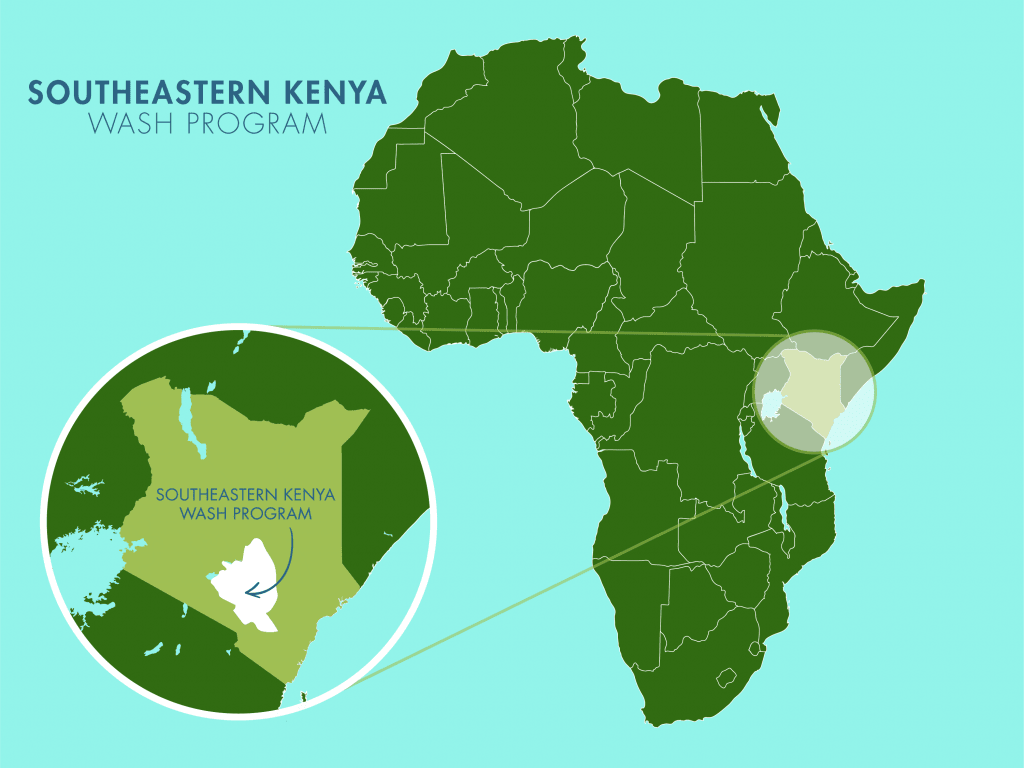
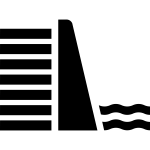 Sand Dam
Sand Dam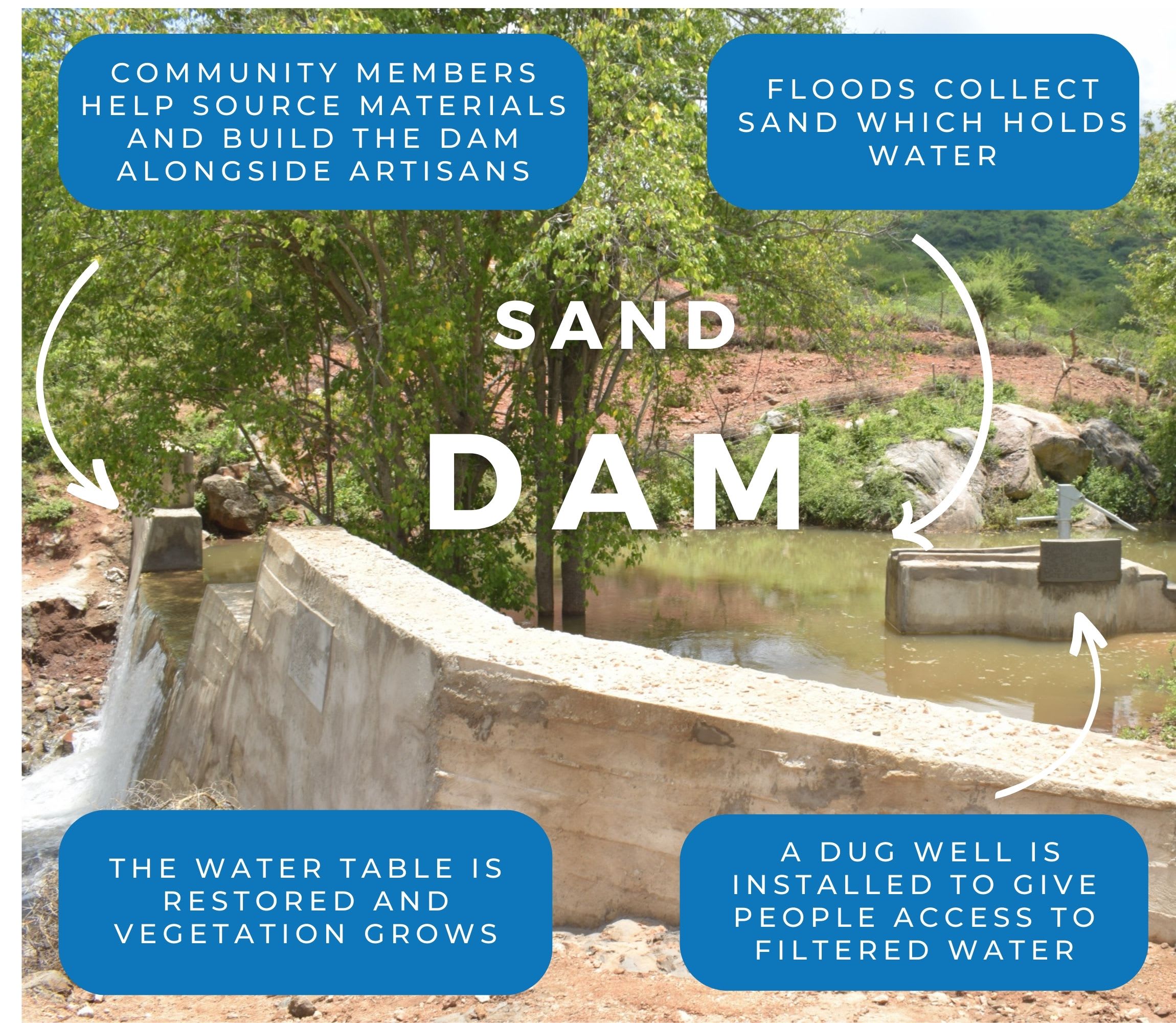
 Rehabilitation Project
Rehabilitation Project




